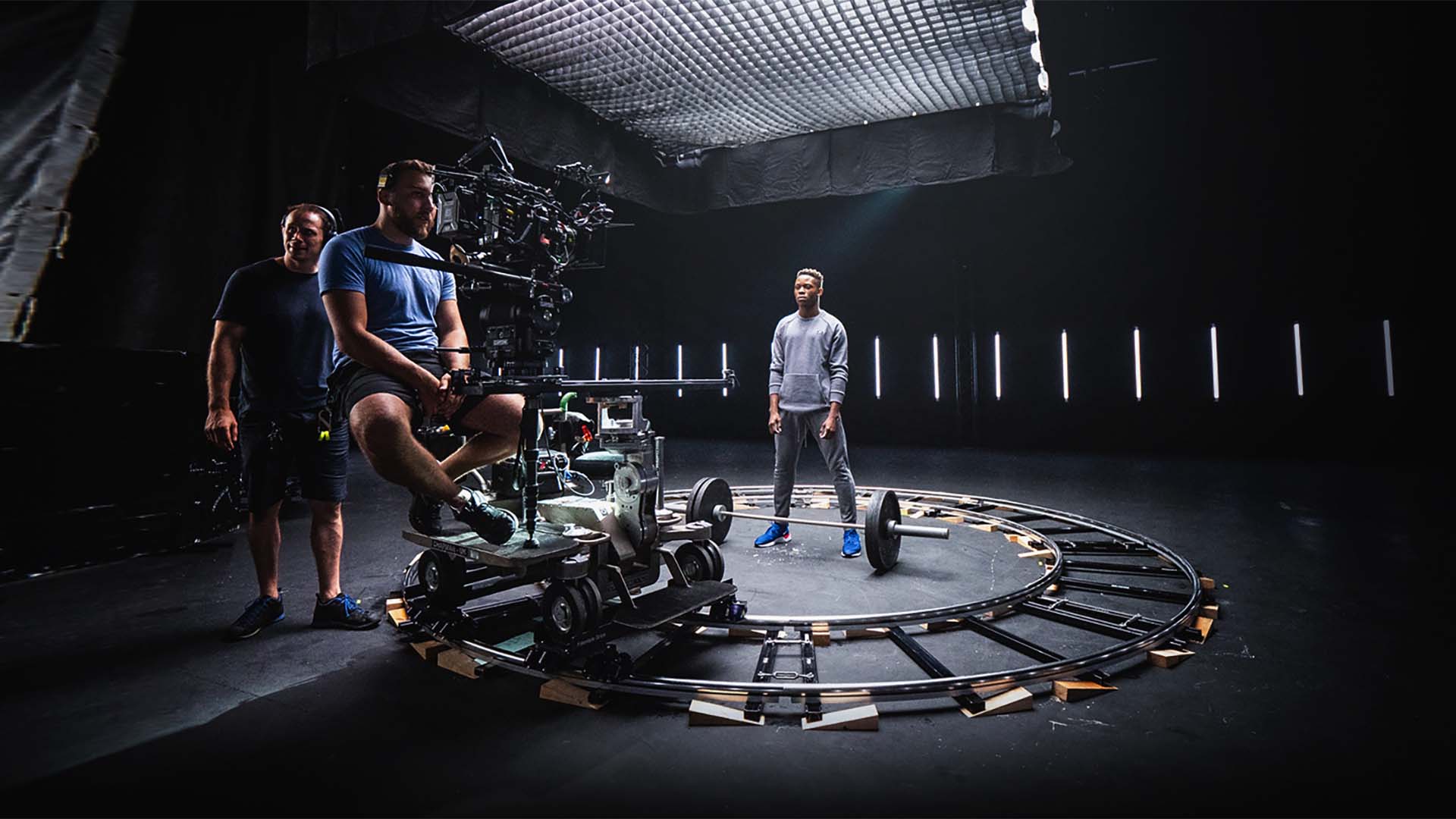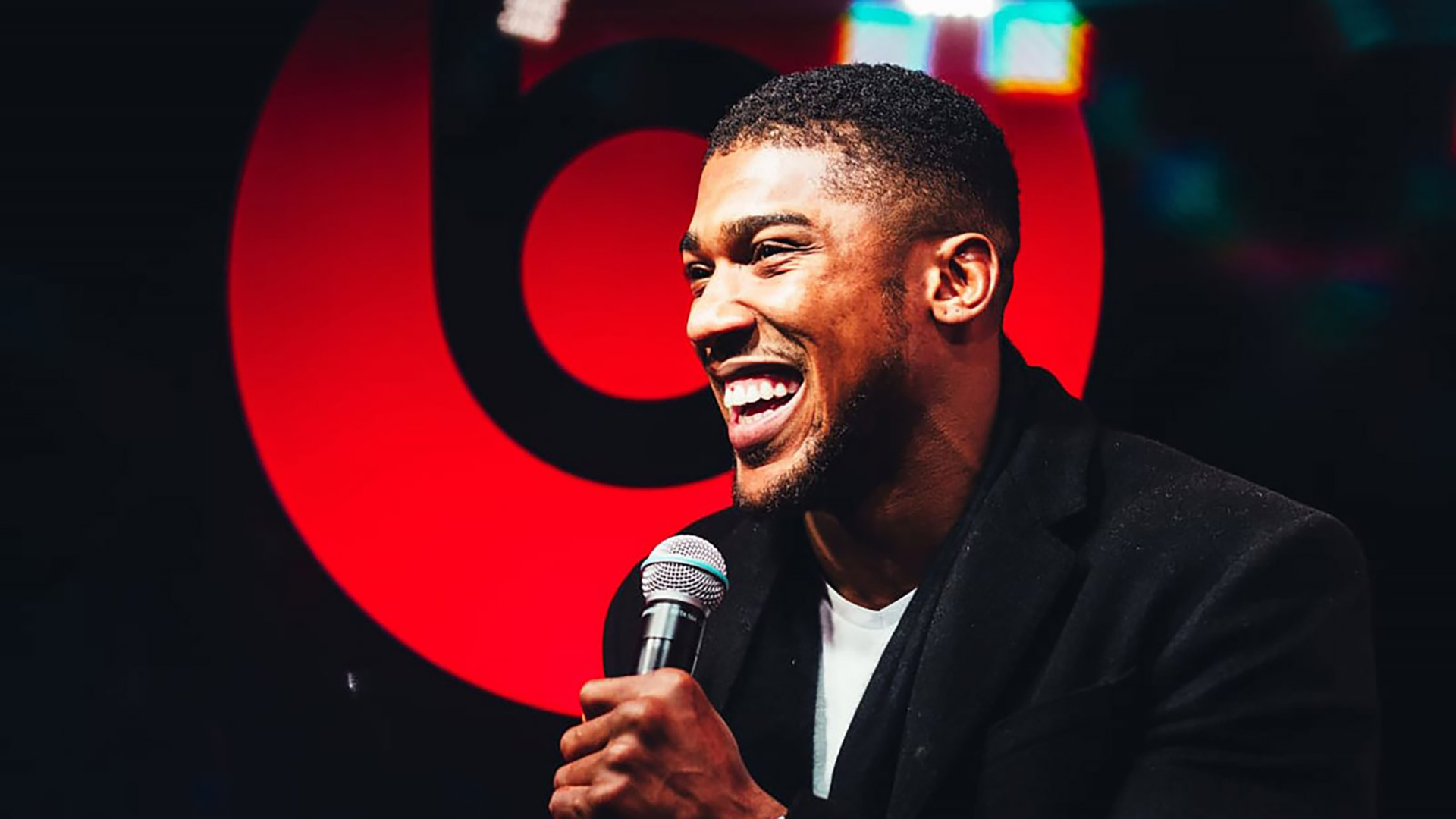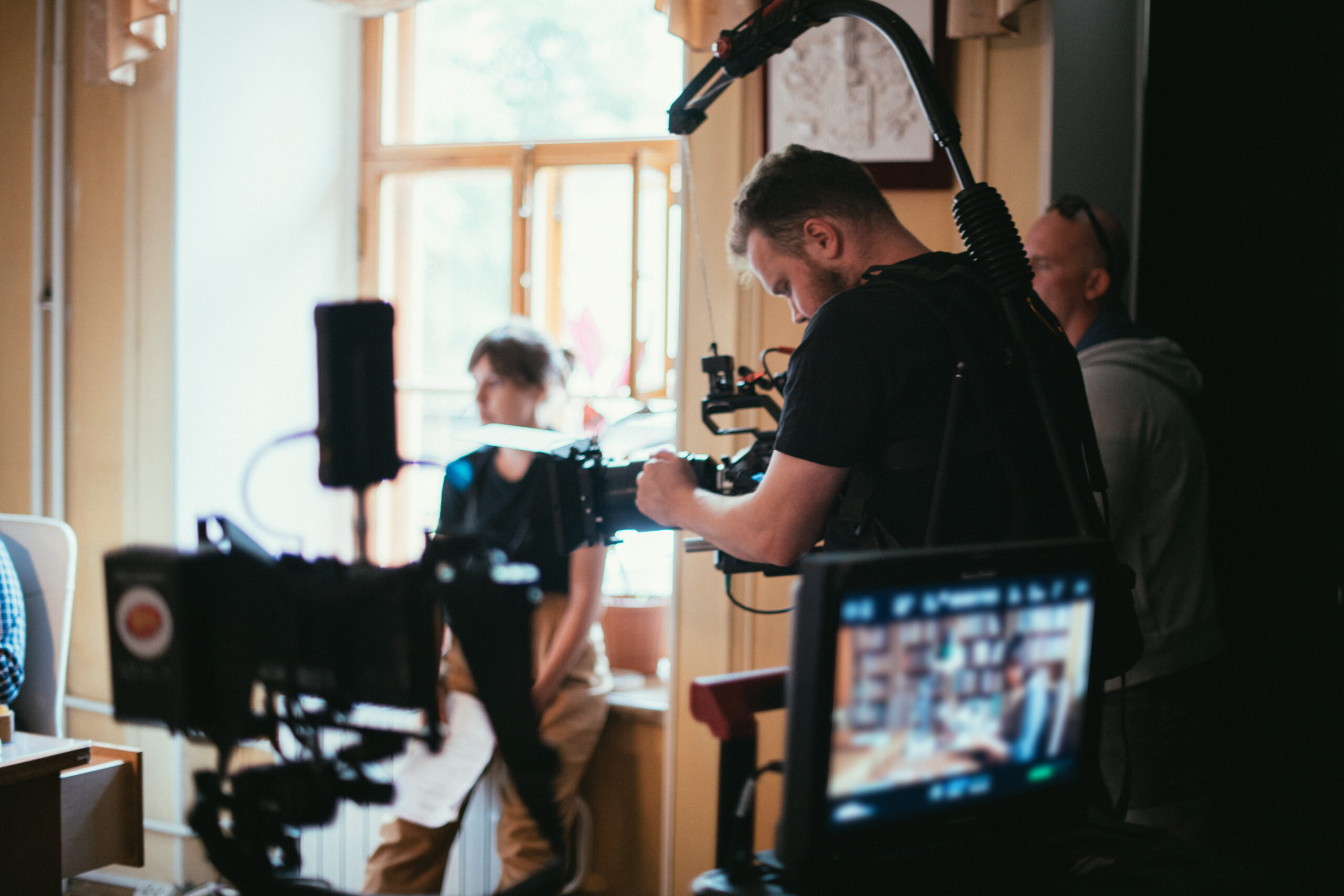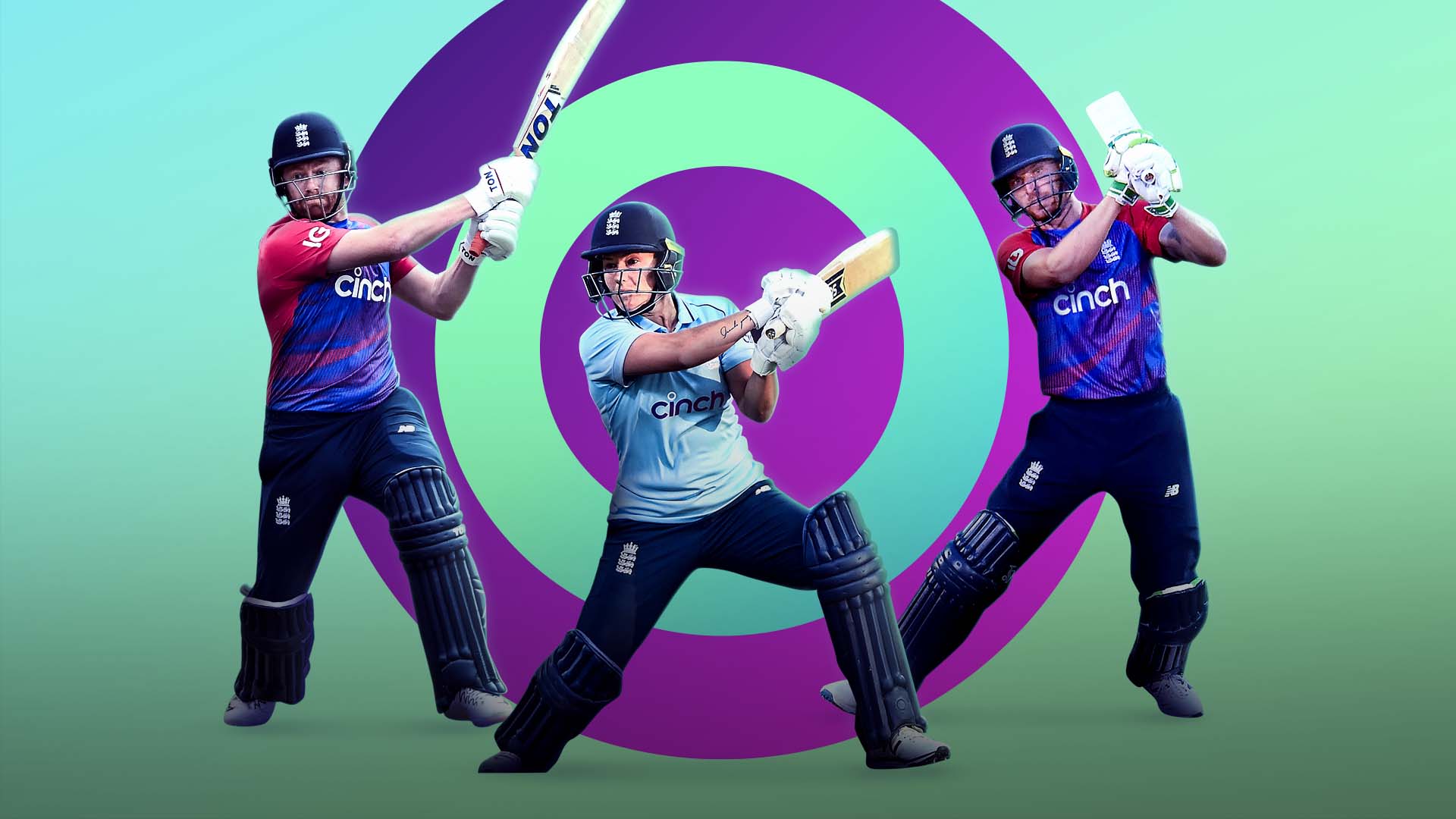From the latest cinema blockbuster and that funny TV ad you like, to the TikTok video your friend just posted of their cat, video content is everywhere. Fun to watch, capable of generating strong emotional responses, and able to easily convey information, video can be an incredibly useful marketing tool. It’s why we regularly produce video content for our clients here at Pitch.
Some of the most memorable videos ever have been made for marketing purposes. Research from HubSpot has found that 61% of brands dedicate at least a fifth of their marketing budget to video marketing, with 30% of these allocating between 41% and 60%. The company also found that 92% of marketers get a good return on investment from such content.
But while the benefits of video marketing are clear, creating great video content isn’t just as simple as rocking up somewhere with a camera or smartphone and hitting the record button. At least in most cases. There’s a lot that goes into the video production process, with almost all brands undertaking three specific stages.
What is the video production process?
The three main stages of video production are as follows:
- Pre-production
Failing to prepare is preparing to fail, and this stage is all about planning everything out, from identifying your goals, to coming up with the concept and taking practical steps like hiring actors. - Production
This is the fun part — the second video production stage is the point at which you actually capture the footage for your video, including the main shots and b-roll. - Post-production
The final part of the video production process is where you edit the recorded content to make it ready for release.
Let’s look at what these stages actually involve in more detail.
What do the three stages of video production involve?
Pre-production
Typical aspects of the pre-production stage include:
- Determining the campaign’s goals
Are you aiming to increase sales, improve your reputation or something else? Whatever it is, the main goal of your video campaign will inform everything else going forward. - Identifying your target audience
While you might be looking to market towards your existing target audience, you may instead want to secure new customers with your video marketing campaign. Brands tend to draw up a buyer persona at this point to nail down exactly who they’re targeting. - Creating a concept
What do you actually want your video to be about, and how will this correspond with your marketing goals? From a behind-the-scenes live-action video to an animation about your products or services, there are so many possibilities here. - Producing a storyboard and a script
Once you’ve created your concept, you can start making it reality by producing the relevant materials for the likes of the producer and the actors to follow. A storyboard works sort of like a comic strip, outlining what each scene will include, while a script is written text of anything that will be spoken in your video. - Working out your budget
How much money do you have to play with? This will impact how much you can spend on things like actors, studio time, and equipment. - Sorting out logistics
Speaking of which, you’ll need to sort out the above considerations ahead of production. You may also want to visit the set to work out things like if any additional equipment or lighting is needed.
Production
Lights, camera, action! It’s time to start actually producing the video. The main things to consider during the production stage are:
- Refining the set design and staging
From the scenery and the furniture to the props and the set’s general appearance, the first stage of the production process is ensuring the set is ready for filming. - Setting up the sound, lighting and equipment
Likewise, things like the sound, lighting, and equipment will need to be set up in order for you to get the camera rolling. - Recording the main footage
It’s finally showtime. Some tips for capturing the main footage include shooting multiple takes so you have more to play around with in post-production, avoiding shaky footage by using a tripod, and shooting from multiple angles. - Capturing b-roll
You’ll almost certainly want to capture b-roll, which is supplementary footage that’s intercut with the main shots. This might be establishing shots, atmospheric shots of locations or general close-ups of actors.
- Recording voice-overs
A lot of commercial video content relies on voice-overs in order to provide added context or enhance the narrative. When recording these, be sure to use a good quality microphone and carefully consider aspects like your tone of voice and the background noise.
Post-production
A video truly comes to life in the editing room. Some of the main parts of the post-production stage include:
- Video editing
The first job is to cut up and piece together all the bits of footage in order to create the desired final selection of clips. - Colouring the video
Most videos go through colour correction and colour grading. The former involves making sure colours appear clear, natural, and with proper light exposure, while the latter is about styling the colours to create a certain effect.
- Adding background music
Music is typically added in during the post-production process, helping to set the mood of a video, improve its production value, and increase its cohesiveness. - Applying effects
A video may have a range of effects added to it, from sound effects like background noises, to visual effects such as animations. - Adding text
Another standard post-production edit is adding text to the video in order to make it more accessible, whether in the form of closed captions or subtitles.
Final thoughts
No matter if you’re filming on location, in a studio, or in your office, there are so many moving parts when it comes to video production. Having a dedicated video production process helps all of this to go a lot more smoothly, which is why no video production team worth their salt jumps straight into creating a video without any forward planning.
Pitch is no exception, and as one of the UK’s premier content production agencies, we’ve created winning video content for some of the world’s biggest brands, from Hyundai and Uber Eats, to Betfair and cinch. You can certainly rely on us to transform your own brand’s video production efforts — be sure to get in contact with us today to learn more about how we can help you.






